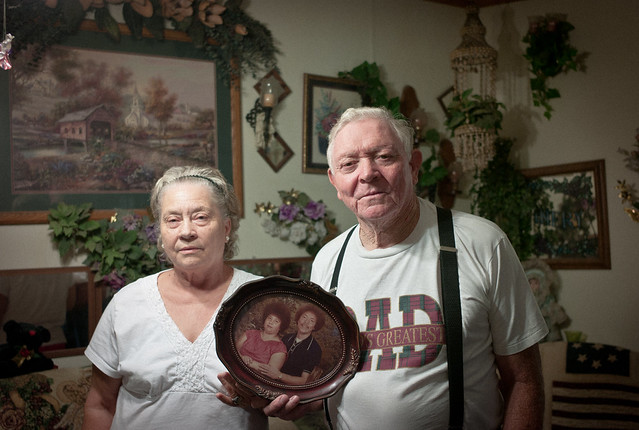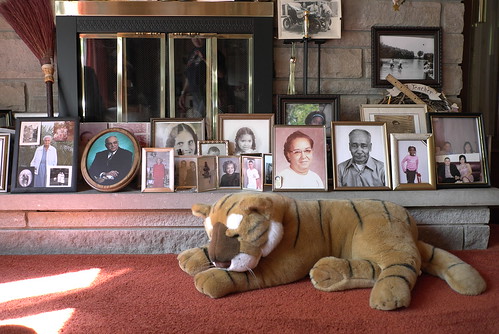Coloured Members of the Bahamian House of Assembly in the Nineteenth Century
College of the Bahamas Research Journal
Volume 10 (2001)
Rosalyn Themistocleous
This article focuses on some little known ‘coloured’ members of the House of Assembly of the nineteenth century. The position of the Bahamians of mixed race is discussed, particularly vis-à-vis the white Nassauvian elite. Their achievements are noted, but the limitations of their political careers are emphasised. These men were, in essence, politically and socially ambitious individuals, who did not seek to represent the lower classes or black Bahamians. Moreover, party organisation was not yet a feature of the Bahamian political system, except during a period of religious turmoil in mid-century when denominational adherence was the grouping factor. The coloured representatives were generally pro-Government and pro-established Church.
INTRODUCTION
In the Post-Emancipation era of Bahamian history a small but significant number of coloured Bahamians were elected to the House of Assembly. They achieved this despite the prevalent racism and political and socio-economic dominance of the former slave-owners and their descendents. Colour was of defining importance in nineteenth century Nassausociety. The main distinction in slave society had been between slave and free; in the reconstructed society race and colour came to be the most important consideration. The white Bahamian elite had to employ a number of strategies, political, socio-economic and judicial, to ensure its continued dominance. Land remained in the hands of the former slaver-holders, while the former slaves became sharecroppers or tenants, eking out a bare living from the soil. The credit and truck systems, rather than a wage labour system, were employed in the majority of industries; these were coercive labour systems that only benefited Nassau merchants.
Having subjected most of the lower classes to a state of economic dependency, the white Nassauvians also controlled most of the seats in the House of Assembly and the Councils. This is of particular significance in a colony still ruled under the Old Representative system, where the local elite was allowed a large degree of self-government. In The Bahamas local legislation specified that decisions must be those of the Governor-in-Council and the Imperial Government acknowledged the established usage whereby the Governor acted in accordance with the Council’s advice. The Council separated into two bodies in 1841: the Executive Council acted as this advisory body, while the Legislative Council was the Upper House of the Legislature. There were ex-officio and unofficial members, appointed by the Governor, in both bodies. The Colonial Secretary, Attorney-General and Receiver-General sat in the Executive Council in the second half of the century, forming the ex-officio element. The white Bahamians monopolised the non-official seats on the Executive and Legislative Councils. Most of the unofficial members, who formed a majority in the Executive Council were members of the elected House of Assembly or the Legislative Council. Hence the Legislature had some control over the Executive. Moreover, the House of Assembly had the ‘power of the purse’, that is the sole right to introduce money bills and initiate taxation. This was a potent weapon that could be used by the local elite against the Governor. The electoral system, which retained open voting, inequitable constituencies, a franchise weighted in favour of the propertied classes and plural voting, ensured the white Nassauvians controlled most of the twenty-nine seats in the House. The widespread bribery and corruption and the fact that the lower classes failed to organise themselves politically particularly facilitated white political dominance. Besides many electors were in debt to Nassau merchants so, in an open voting system, were unlikely to vote against an approved candidate. In New Providence there was always a cross-section of colours and classes included on the electoral registers and these voters often had coloured or black middle class candidates to vote for. But in the Out Islands voters, with few exceptions, had to choose from among the white candidates from Nassau as islanders could not afford to spend the time to attend the House meetings, members not being paid a salary. The result was that, as Stipendiary Magistrate L.D.Powles (1888) so accurately recorded, “the House of Assembly is little less than a family gathering ofNassau whites, nearly all of whom are related to each other, either by blood or marriage” (p.41). There was a prevailing assumption by the whites that their leadership was indispensable to good governance.
Seen in this context, the dent into the white power monopoly by a few Bahamians of mixed race is quite an achievement. Certainly, a degree of co-optation of the coloured middle class was tolerated by the white elite. The coloureds were encouraged to adopt elitist values and attitudes to law and order and social institutions. Of course, the paler the coloureds were (near-white or high yaller in local parlance) the more chance they had of being tolerated. Moreover, it was noted by several visitors to the islands that a good many “so called white families” in Nassau were not of pure white blood, but were fair enough to pass for white in Europe and were considered white in Nassau. L.D. Powles (1888) described this confusing state of affairs thus: “Where the line that separates the white man, so-called, from the coloured is drawn in Nassau, must ever remain a mystery to the stranger” (p.12l).
The successful coloured politicians of the nineteenth century had acquired middle class status from their positions as relatively wealthy, small businessmen or as professional men. As Raymond Smith (1988) notes, after 1838, “classes seemed to be defined in terms of race” in the West Indies (p.93). Thus the term ‘coloured middle class’ is the commonly used term for the intermediate group between the white elite and the labouring and under classes, even though the class also contained some blacks and whites. The class is also defined in terms of occupation and values and outlooks. The middle class is taken to include those in the professional occupations and public service, craftsmen, small businessmen, printers and journalists, managers and supervisors and senior clerical workers. As for outlook, Gail Saunders (1990) sums up the Bahamian position thus: “Aspiring coloureds attempted to obtain a good education, secure good jobs, own land, enter politics and attend the right churches” (pp. 2-3). They sought respectability, if anything assuming mores of stricter morality than the white elite.
The coloured middles classes of Nassau had to accommodate themselves to the socioracial dividing lines that existed in the town. They lived predominantly in Delancy Town. The Established Church was the preference of most coloureds, probably an indication of identification with British culture and tradition, but they were generally assigned to the side aisles. Coloured Methodists usually worshipped at Ebenezer Chapel in the eastern suburbs, the congregation at Trinity Methodist Chapel exhibiting a desire to remain exclusively white. Some coloured boys were able to get a secondary education at the Boys Central School or the Anglican Nassau Grammar School. Further education was uncommon unless parents were wealthy enough to send their sons abroad (but this was true for whites too). Whites, naturally, found more opportunity for clerkships with Bay Street merchants and law firms, but a number of coloureds did overcome these barriers. Social discrimination, though, continued throughout the century. Whites worked with and sometimes showed respect to coloureds, but did not invite them to their homes. The coloureds thus became quite a closely-knit group. There were exceptions to this social prejudice, notably the acceptance of Thomas Mathews and William Armbrister, who probably “passed” for white. The practice adopted by most coloureds was to accept their position in the social hierarchy. The mulatto exhibited no pride in his African blood and tried to emulate and, if possible, join white society. The ideal was to ‘marry up’ to produce offspring of a lighter complexion and they treated anyone a shade darker than themselves with the same prejudices that they experienced from the whites. The coloured members of the Bahamian Assembly were essentially ambitious individuals and did little to further legislation to aid the coloured and black population at large…
Read the entire article here.

